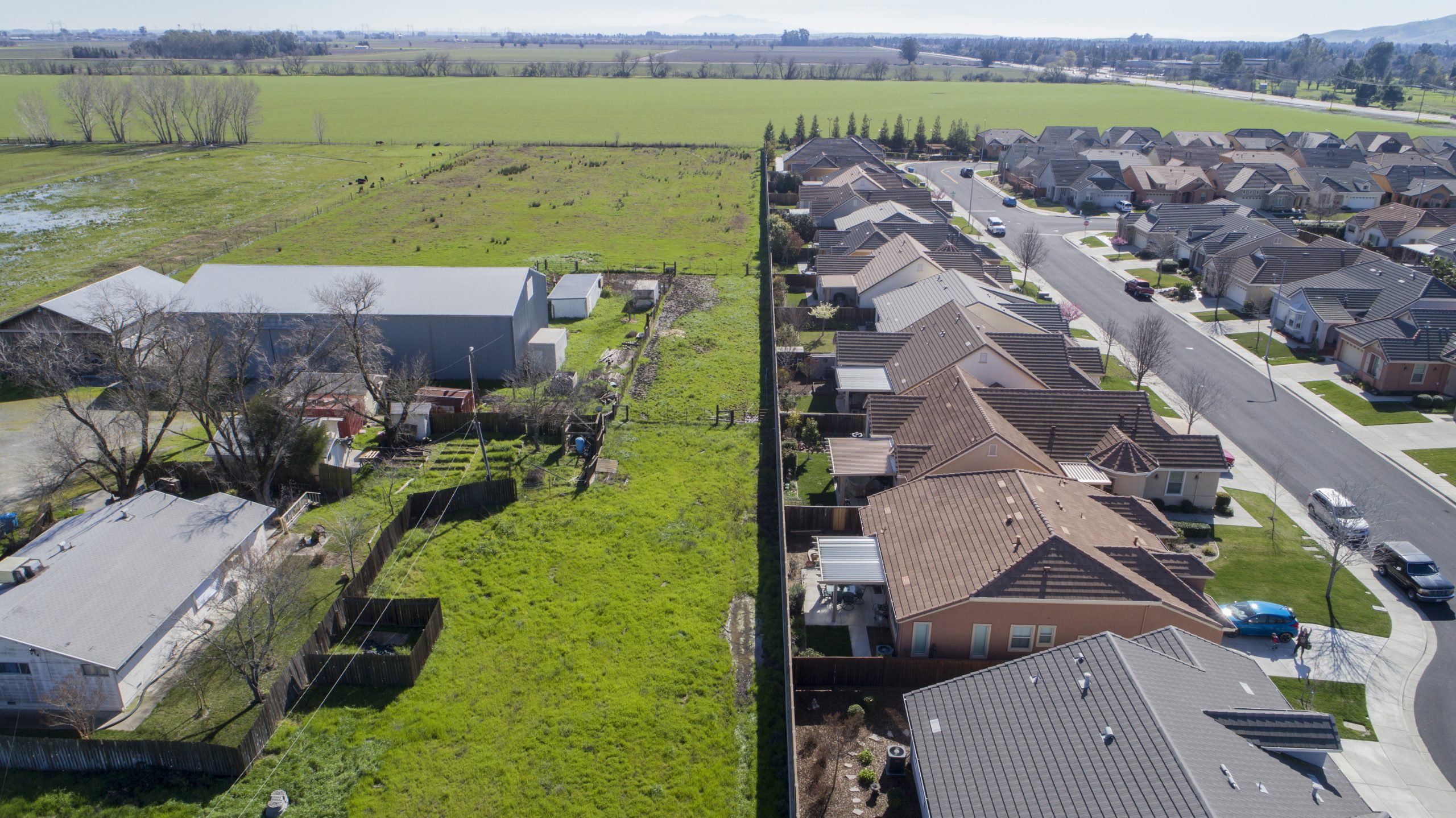
Photo by Karl Nielsen
Few would disagree that the Bay Area needs housing, as residents reckon with homelessness or leave the region for more affordable outlying areas. Where to put that housing, on the other hand, seems to be the million-dollar question. As the Regional Housing Needs Allocation (RHNA) cycle holds public hearings this month on appeals from 28 different jurisdictions about their assigned housing targets, a push-and-pull between cities, counties, and stakeholders is poised to determine the availability of housing and the future of equity and inclusion in a notoriously segregated region.
Since a 1969 statewide mandate that local governments provide for the housing needs of all residents, regardless of income, the Association of Bay Area Governments has conducted the RHNA cycle every eight years to determine the necessary housing that must be allocated to each city and county in the region. Last May, the Association’s Executive Board approved the draft plan for the Bay Area, allocating 441,176 new housing units across the income spectrum.
Cities and counties had until July 9th to submit appeals and a comment period followed until the end of August. 27 different jurisdictions submitted an appeal (Sonoma County submitted two separate appeals, for 28 total), some asking for as much as an 80% reduction in total allocation. All told, the combined appeals asked for a reduction in 23,597 housing units, amounting to about a 40% reduction.
If the numbers seem high for these jurisdictions, it may be because previous RHNA cycles have not done enough to address the mounting housing crisis across the Bay. Michael Lane, State Policy Director at SPUR, says that the current allocations jurisdictions find burdensome are “a reckoning, based on all the housing we didn’t build over the last decades.”
Many appeals leverage the climate crisis when backing their argument for reduced allocations. Sea level rise, wildfire risk, and lack of water/water infrastructure all figure prominently. However, according to Lane, these arguments don’t hold water, so to speak. “The existing housing stock is where we see greater water inefficiency,” he explains. “Newer homes are much more water and energy efficient.” For example, “You don’t have large lawns in multifamily developments.”
Furthermore, the climate crisis is a global system. Pricing people out of the Bay Area to avoid over-burdening local resources may only exacerbate the local consequences. Ken Kirkey, Chief Partnership Officer of All Home, believes that pricing Bay Area residents out to San Joaquin County, for example, may take an even greater toll on the state’s water supply than were they to remain in the Bay Area. “Those areas require both more water use per capita and more heating and cooling,” he says. Residents of outlying regions often end up commuting to work in the Bay Area anyway, adding an additional carbon strain on the atmosphere.

Photo by Karl Nielsen
The appeals process is ongoing. The Association of Bay Area Governments (ABAG) is holding public hearings every Friday until the end of October. Regardless of whether or not the appeals are upheld, the number of units mandated by the state needs to be met. In other words, if a certain city or county’s appeal is upheld, that reduction would be absorbed by the remainder.
That many of the appeals come from some of the wealthiest jurisdictions in the Bay Area presents a tricky equity and inclusion problem. The Fair Housing Act, part of the Civil Rights Act of 1968, stipulates that efforts be made to “affirmatively further fair housing,” or provide fair housing access for all historically discriminated against demographics. “Low and very low income categories are disproportionately people of color,” says Kirkey. “If jurisdictions are building little or no housing in those categories, then the impacts are most severe for black and latino people in the region.”
Of the roughly 1 million Bay Area residents in Extremely Low-Income housing, about half of them are working in the service industry, security, janitorial “jobs that make an urban place work,” says Kirkey, yet “they cannot afford to live here and are at high risk of homelessness. Failing to build for them is by definition an affordability issue.”
Housing availability issues aren’t limited to urban and suburban areas. The wine industry is heavily dependent upon agricultural and hospitality workers (for the region’s powerful tourism economy), but they have few local housing options. “We want to preserve farm country, but need to make sure workers can live near those jobs,” Lane says. “That kind of jobs/housing balance is critical even in the more suburban and rural parts of the Bay Area.
The outcome of the appeals process remains to be seen. Once all the public hearings are concluded, ABAG will ratify a final determination and, in December, will hold a public hearing to adopt the RHNA plan. By then, it should hopefully be clearer whether the Bay Area has an effective roadmap for a more affordable and inclusive future.
For more information on RHNA and the appeals process, visit ABAG’s Regional Housing Needs Allocation website: https://abag.ca.gov/our-work/housing/rhna-regional-housing-needs-allocation.

